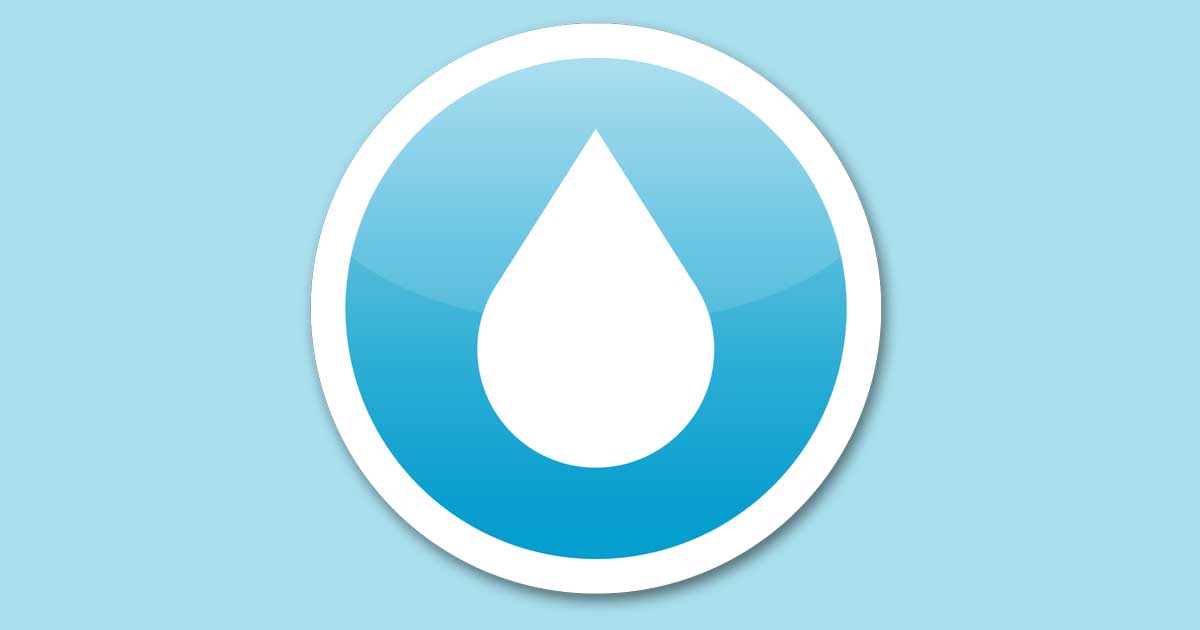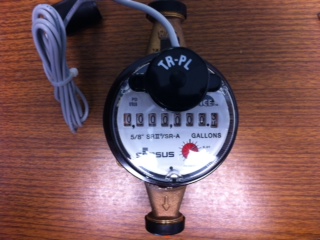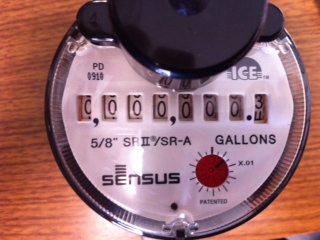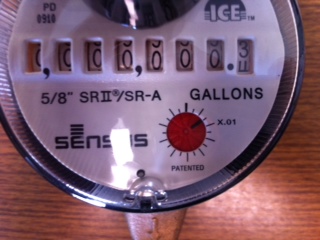STEP 1 Locate your meter box, generally found towards the front of a property, near the street. The box is typically in a direct line with the main outside faucet. It is housed in a concrete or black plastic box usually marked "water". Remove the lid by using a tool such as a large screwdriver. Insert the tool into one of the holes and pry the lid open.
STEP 2 Once you open the meter box lid, you will notice a black plastic object. This is not the meter. The meter is usually lower than this object. Also, when you have located the meter it will ususally be covered in layer of dirt, which will need cleaned. On the face of the meter, there is a large dial and a display of numbers. Read the number display from left to right. The last number to the right of the decimal is not read. This is your meter reading. Meters measure water in gallons. Compare that reading to what your bill states as your current or present reading.
STEP 3 Keep in mind that you might be checking your meter on a date different from the one used for billing. This could result in a difference in the amount you find, compared with the amount on which your bill is based. However, if your reading is considerably higher than what is on your bill, check for a leak or try to determine the source of large water use.
TO CHECK FOR A LEAK: Make sure all faucets and anything that uses water is shut off. Next, check the meter and look for the red dial. (It is circular in shape). The red dial has a black mark that should not be moving if there is no leak. If the dial is turning water is being used and will indicate a leak of some sort.



